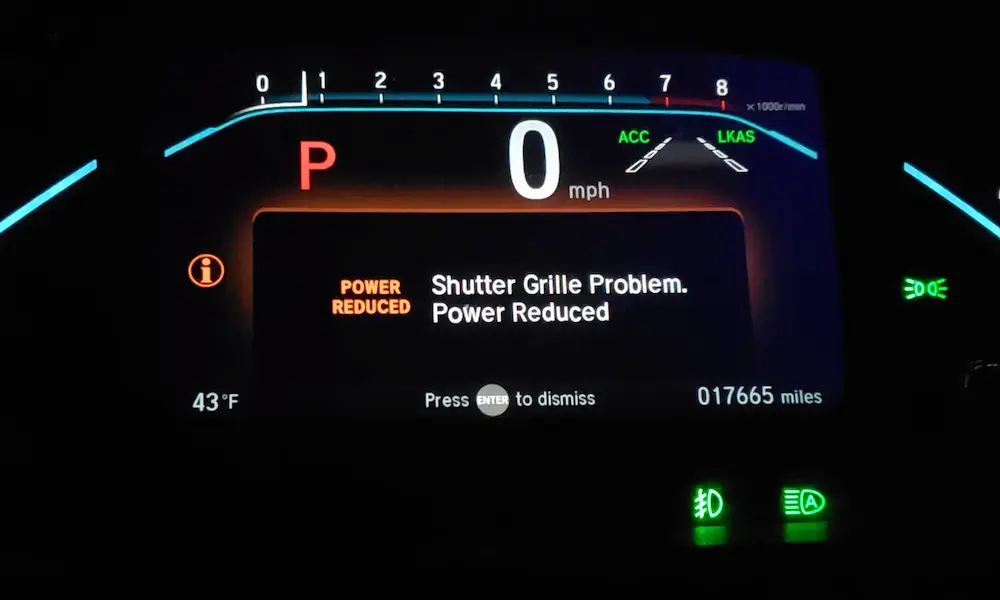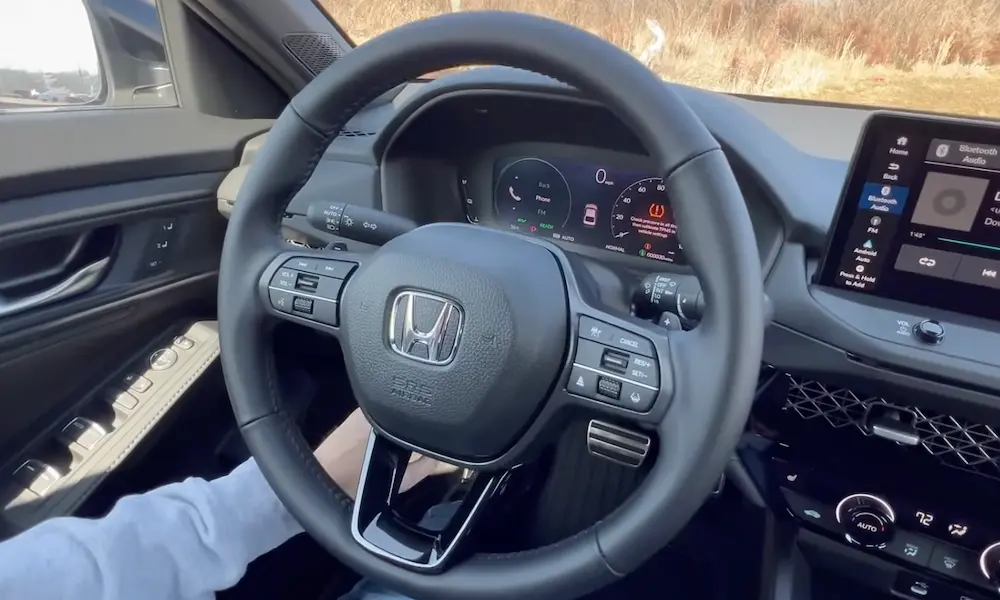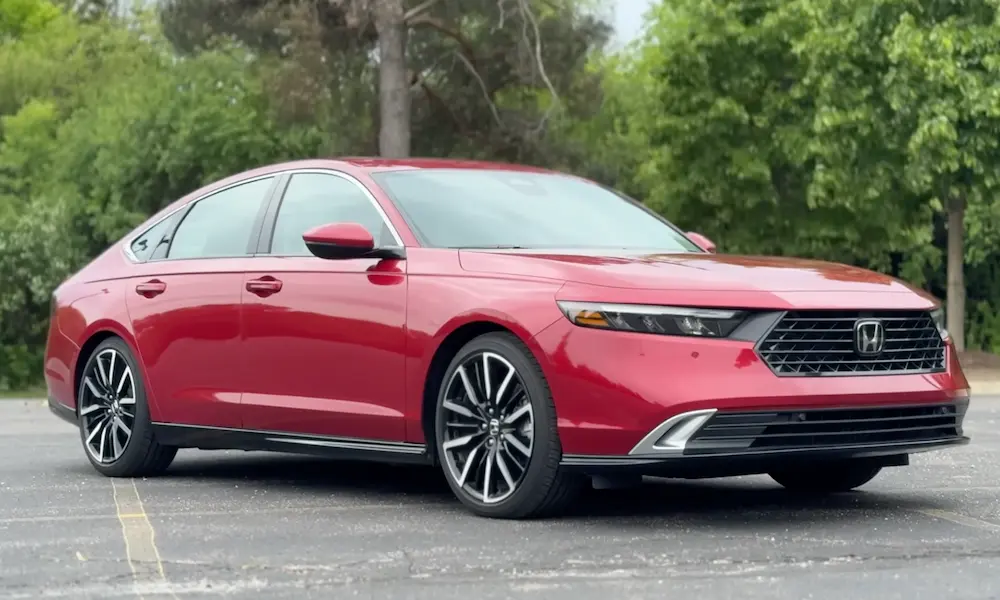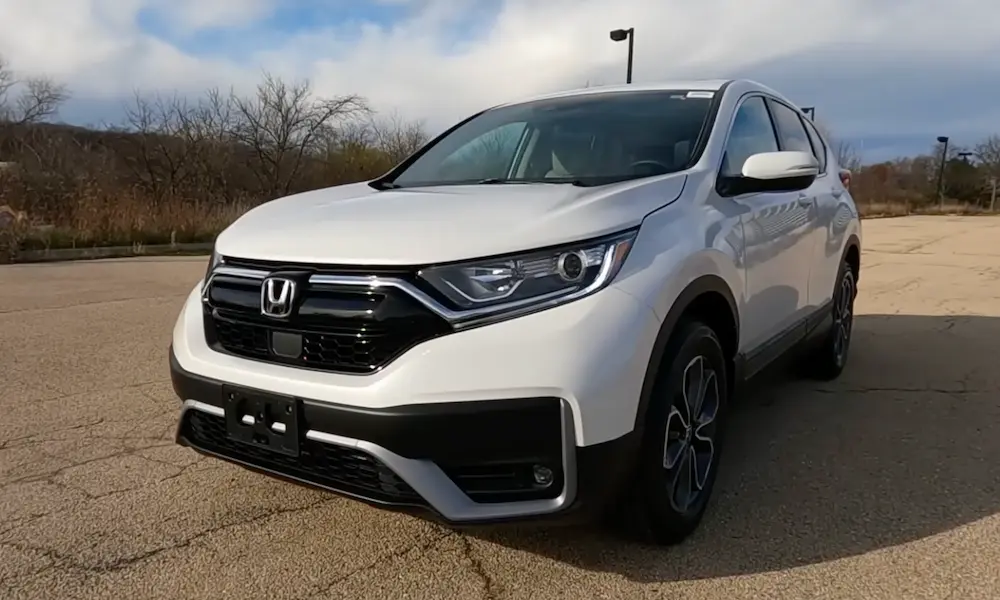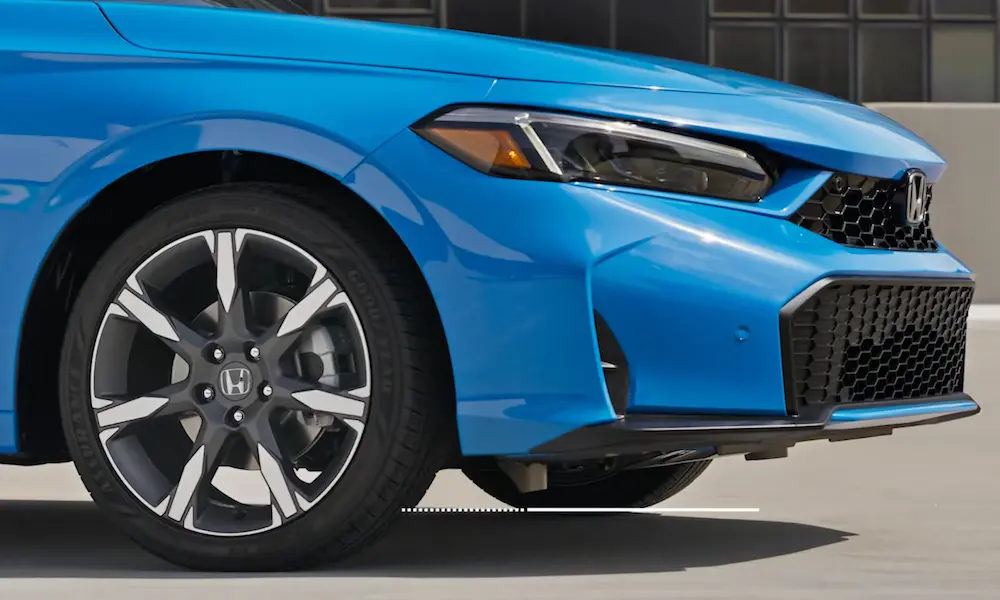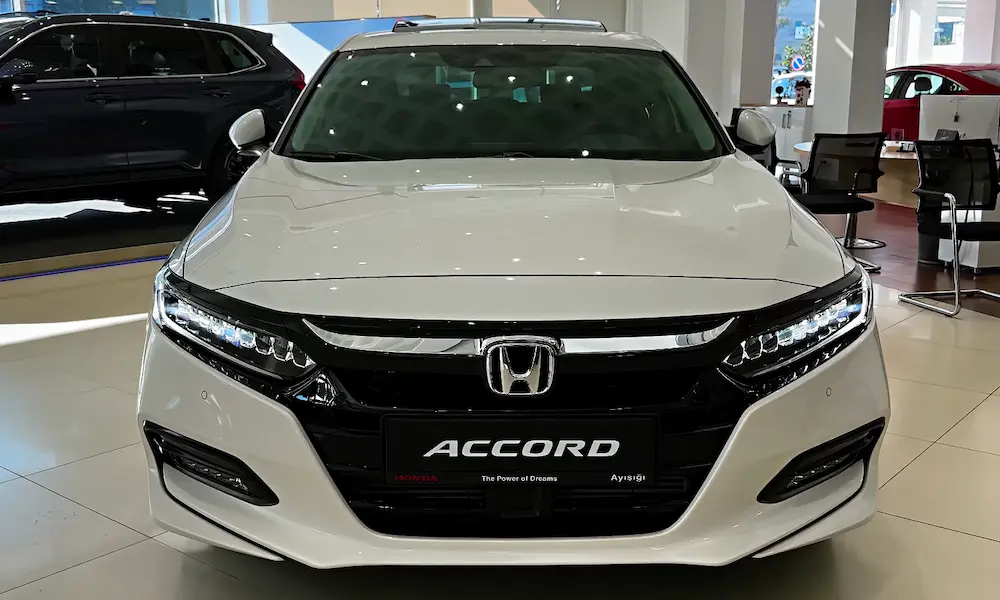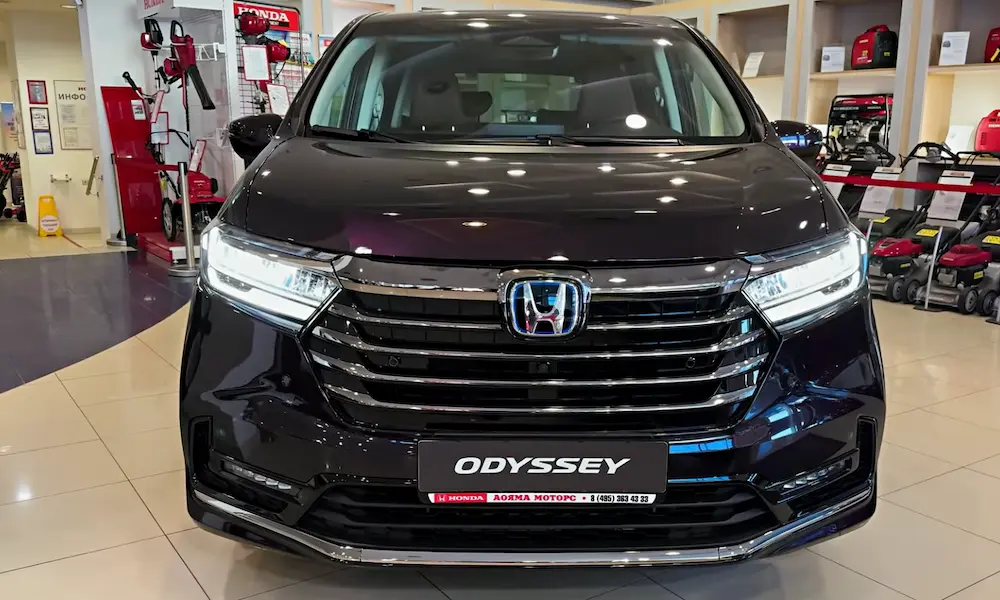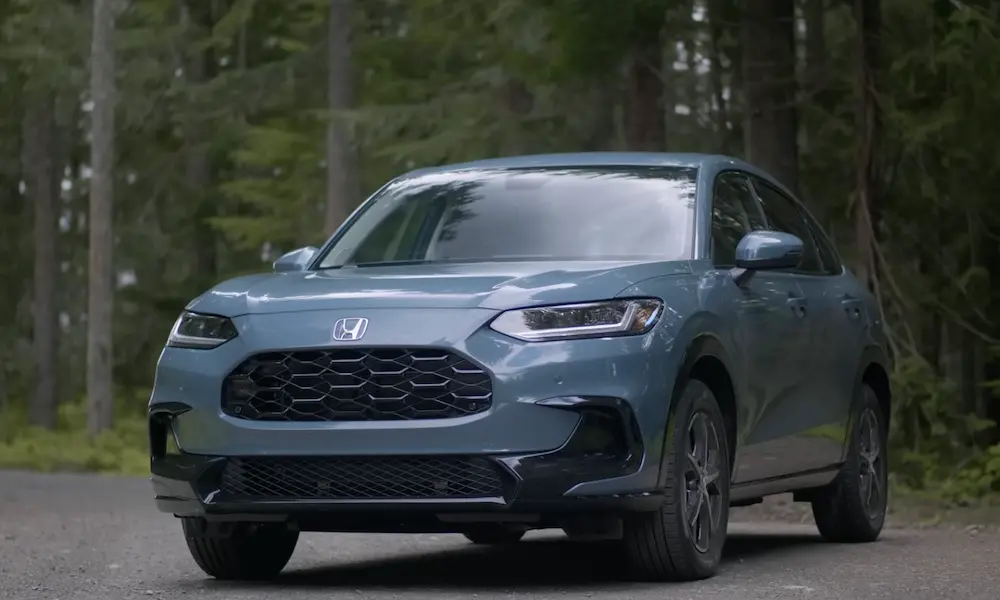Ever wondered where your Honda Civic was built before it arrived at your local dealership? The popular compact car isn’t manufactured in just one place. Honda has strategically positioned Civic production facilities around the world to serve different markets and adapt to changing economic conditions. Let’s take a closer look at where Honda builds its iconic Civic and why these locations matter.
The Main Honda Civic Manufacturing Locations
The Honda Civic is primarily manufactured in three key regions, with each facility serving specific markets:
Greensburg, Indiana (United States)
The Indiana plant has become Honda’s centerpiece for North American Civic production. Operating since 2008, this facility recently underwent a significant change when Honda announced in April 2025 that it would relocate hybrid Civic production from Japan to Indiana. This strategic move was a direct response to U.S. tariff policies that threatened to impose a 25% tax on Japanese-built vehicles.
The Greensburg plant now produces both conventional gasoline and hybrid Civic models for the American market. It shares production lines with the CR-V, showcasing Honda’s flexible manufacturing approach. With an annual capacity of 210,000 vehicles, this facility is well-positioned to meet the strong U.S. demand for Civics, which exceeded 242,000 units in 2024.
Alliston, Ontario (Canada)
Since 1986, Honda’s Alliston plant has been a cornerstone of Civic production for North America. This Canadian facility produces approximately 40% of Honda’s vehicles sold in the U.S. market, highlighting its importance in the company’s manufacturing network.
Despite recent trade tensions between the United States and Canada, the Alliston plant continues to play a crucial role in Civic production. The facility exemplifies Honda’s long-standing commitment to building vehicles close to where they’re sold, a philosophy that has served the company well for decades.
Yorii and Suzuka, Japan
Japan remains important for Honda Civic production, particularly for specialized models. The Yorii plant focuses on high-performance variants like the Civic Type R, which continues to be manufactured there despite production shifts for other models.
The Suzuka facility, operational since 1960, has shifted its focus over time. While historically known for producing compact models like the Fit, it now contributes to Civic production primarily for Asian markets. These Japanese plants employ advanced manufacturing techniques that often set the standard for Honda’s global quality control practices.
Why Honda Shifted Manufacturing Locations
Honda’s manufacturing decisions don’t happen in a vacuum—they’re responses to complex economic and political factors:
Trade Policies and Tariffs
The most significant recent change in Civic production was triggered by U.S. tariff policies. When the administration announced a 25% tariff on automotive imports in early 2025, Honda had to rethink its strategy.
The company had initially planned to move Civic Hybrid production to Guanajuato, Mexico, by 2027 to reduce costs. However, the new tariffs forced Honda to change course, choosing Indiana instead of Mexico. This pivot demonstrates how trade policies can dramatically alter manufacturing decisions, even when they conflict with cost-saving goals.
“Build Where We Sell” Philosophy
Honda has long embraced a “build where we sell” approach. This strategy helps the company:
- Reduce transportation costs
- Minimize currency exchange risks
- Avoid import duties
- Respond quickly to local market preferences
- Support local economies
By 2014, 65-70% of components for North American Civics and Accords were sourced from within North America, showing Honda’s commitment to regional self-sufficiency.
The Evolution of Honda Civic Production
The Civic’s manufacturing journey reflects Honda’s growth as a global automaker:
From Japan to the World
When the Civic was first introduced in 1972, production was concentrated in Japan. As the model gained popularity worldwide, Honda recognized the need to establish manufacturing facilities closer to key markets.
North American Expansion
Honda’s manufacturing presence in North America began with the Marysville, Ohio plant in 1982, which was initially focused on the Accord. As demand for the Civic grew in the U.S. market, Honda expanded its production network to include the Alliston plant in 1986 and later the Greensburg facility in 2008.
This expansion allowed Honda to better serve North American customers while insulating the company from potential trade barriers. Today, these North American plants form the backbone of Honda’s Civic production strategy for the U.S. and Canadian markets.
Quality Consistency Across Global Plants
Despite being built in different countries, every Honda Civic is manufactured according to strict quality standards:
Standardized Manufacturing Systems
All Civic production facilities follow Honda’s “Global New Manufacturing System,” which standardizes assembly processes, quality checks, and automation techniques. This ensures that a Civic built in Indiana meets the same quality benchmarks as one built in Japan.
For example, the Indiana plant employs identical weld precision systems to those used at the Yorii facility, guaranteeing consistent structural integrity regardless of where the car is manufactured.
Regional Adaptations with Core Standards
While Honda maintains strict quality standards across all plants, they do make regional adaptations to meet local preferences:
| Region | Manufacturing Focus | Market Adaptations |
|---|---|---|
| North America | Gas models, now including hybrids | Larger infotainment screens, turbocharged engines |
| Japan | High-performance models, Asian market vehicles | Emphasis on hybrid powertrains |
| Canada | Base and mid-range models | Balanced approach for North American tastes |
These regional variations occur without compromising Honda’s global safety and reliability standards.
Economic Impact of Honda Civic Manufacturing
The production of Civics generates significant economic benefits:
Jobs and Local Economies
U.S.-based Civic production supports over 30,000 jobs directly and indirectly, particularly in Indiana and Ohio. The Greensburg plant has become an economic engine for the region, creating employment opportunities and spurring investments in supporting industries.
The facility has also invested in renewable energy infrastructure, aligning with Honda’s goal of carbon neutrality by 2050. This demonstrates how automotive manufacturing can contribute to both economic growth and environmental sustainability.
Cost Considerations
While moving production to avoid tariffs helps Honda maintain competitive pricing, it does introduce other financial factors. Analysts estimate that U.S.-built Civics cost 12-15% more to produce than their Mexican counterparts. Honda offsets these higher costs through premium pricing and economies of scale.
For consumers, these manufacturing decisions may result in slightly higher prices, though Honda’s strong brand loyalty helps maintain demand even with modest price increases.
The Future of Honda Civic Manufacturing
Looking ahead, Honda’s Civic manufacturing strategy will likely continue to evolve:
Electrification Impact
As Honda accelerates its electrification plans, Civic production will adapt accordingly. The recent decision to build Civic hybrids in Indiana signals Honda’s commitment to localizing electrified vehicle production near key markets.
Balancing Global Efficiency with Local Production
Honda will continue to navigate the tension between globalization and protectionism. Its decentralized plant network provides resilience against trade disruptions, while rigorous quality control maintains the Civic’s reputation regardless of manufacturing location.
The company must remain agile, ready to shift production as needed to respond to changes in trade policies, environmental regulations, and consumer preferences.
Honda Civic Manufacturing at a Glance
For a quick overview of where Honda Civics are built, here’s a summary:
| Manufacturing Location | Year Established | Key Models/Variants | Primary Markets Served |
|---|---|---|---|
| Greensburg, Indiana, USA | 2008 | Standard Civic, Civic Hybrid | United States |
| Alliston, Ontario, Canada | 1986 | Standard Civic | USA, Canada |
| Yorii, Japan | 2013 | Civic Type R, performance variants | Global, specialty models |
| Suzuka, Japan | 1960 | Various Civic models | Asian markets |
Honda’s ability to maintain consistent quality while adapting to regional needs and global challenges has been a key factor in the Civic’s enduring success. By strategically positioning manufacturing facilities around the world, Honda ensures that this popular compact car remains competitive in price, quality, and availability across diverse markets.



